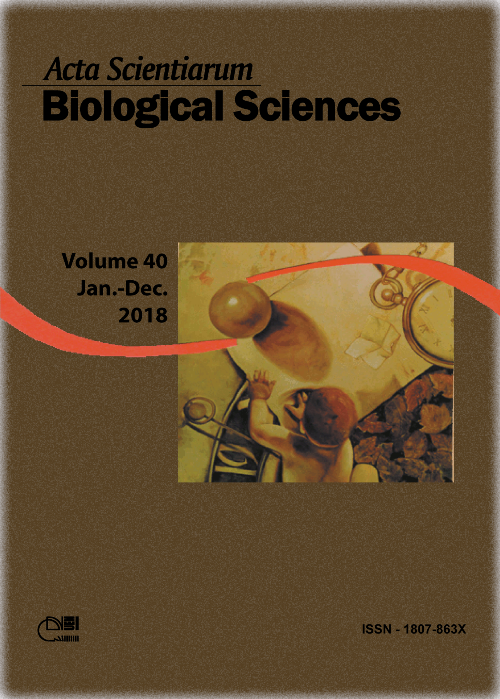<b> Assessment of petroleum biodegradation for <i>Bacillus toyonensis</i> by the using redox indicator 2,6 dichlorophenol indophenol
Abstract
Petroleum degrading microorganisms have been isolated from different environments with the purpose of being used in bioremediation processes in areas impacted by petroleum spills. The objective of this study was to evaluate the ability of Bacillus toyonensis AM07 strain to metabolize petroleum compounds. The strain was isolated from the effluent dike of the Urucu Petroleum Province, Coari - Amazonas, Brazil. The degrading activity of B. toyonensis was evaluated by the colorimetric method using the redox indicator 2,6-dichlorophenol indophenol (DCPIP). Thus, the microorganism was inoculated into minimal medium with DCPIP, and with petroleum as the sole carbon source. The degradation potential of the microorganism was found by changing the DCPIP staining and absorbance readings 600nm. The results obtained demonstrated that the bacterial strain was able to degrade petroleum by altering the color of the medium from blue to colorless and by reducing the concentration of the indicator in the absorbance readings. B. toyonensis AM07 strain has shown good performance in the petroleum degradation assays and may be used in the future in remediation technologies for hydrocarbon impacted environments.
Downloads
DECLARATION OF ORIGINALITY AND COPYRIGHTS
I Declare that current article is original and has not been submitted for publication, in part or in whole, to any other national or international journal.
The copyrights belong exclusively to the authors. Published content is licensed under Creative Commons Attribution 4.0 (CC BY 4.0) guidelines, which allows sharing (copy and distribution of the material in any medium or format) and adaptation (remix, transform, and build upon the material) for any purpose, even commercially, under the terms of attribution.
Read this link for further information on how to use CC BY 4.0 properly.












1.png)




3.png)













